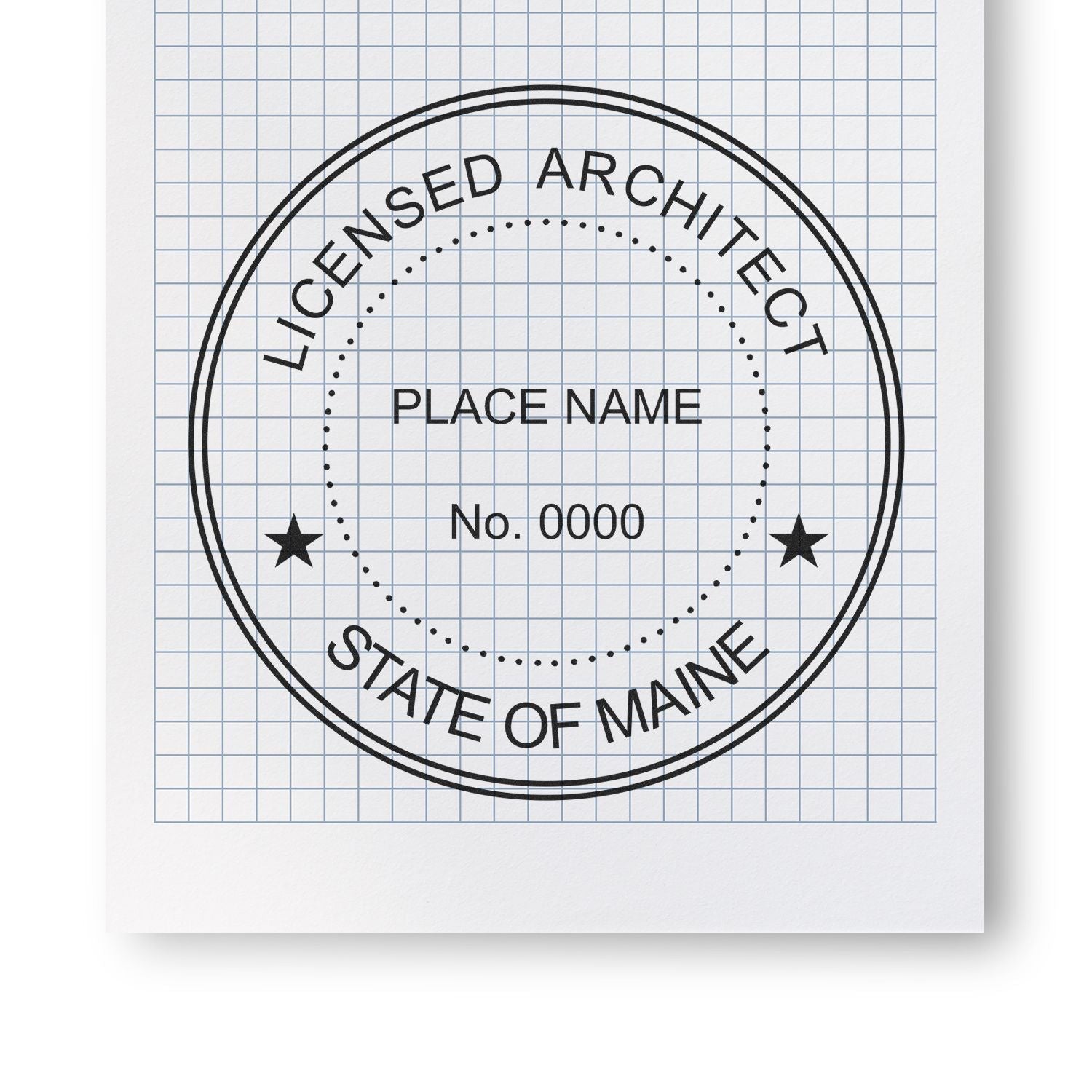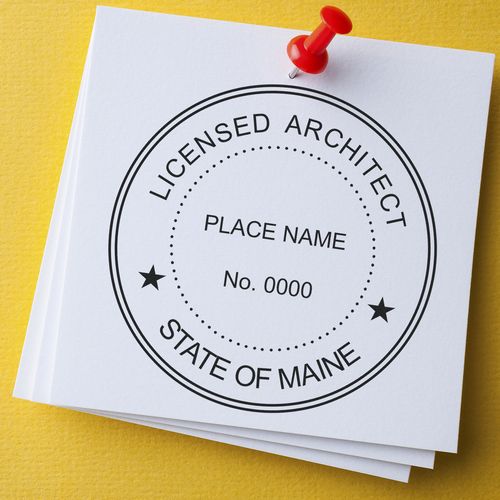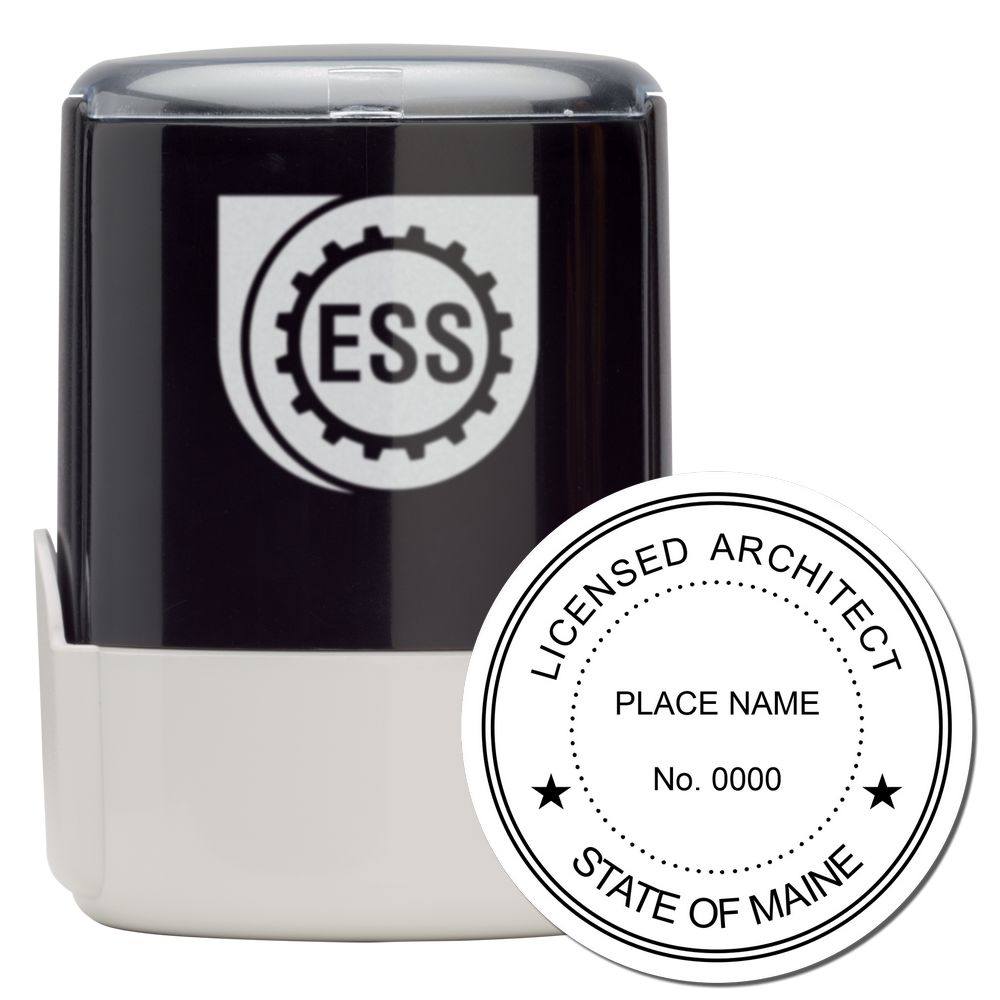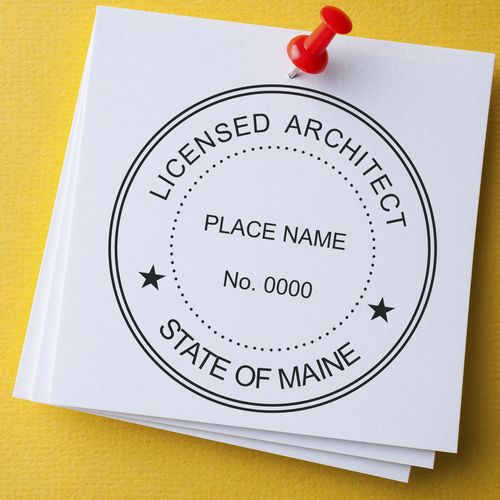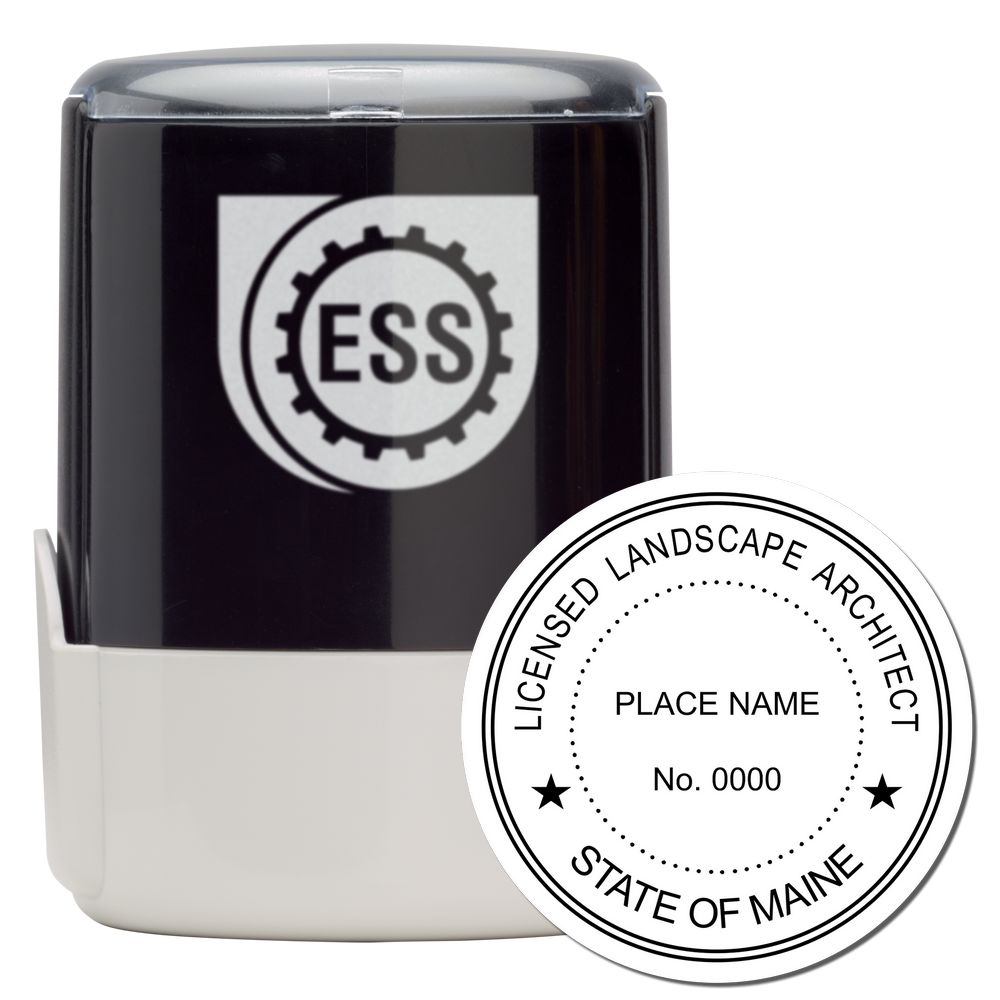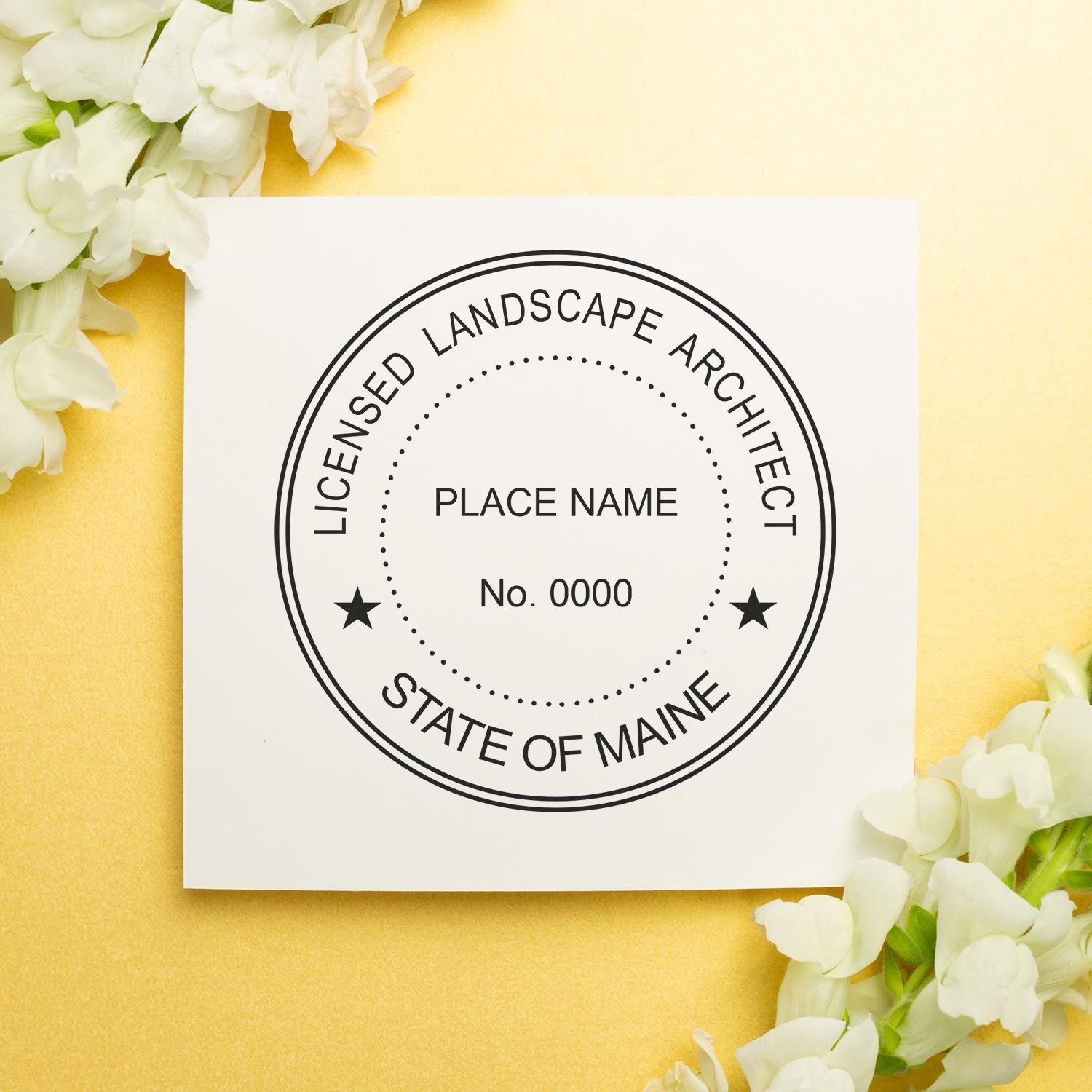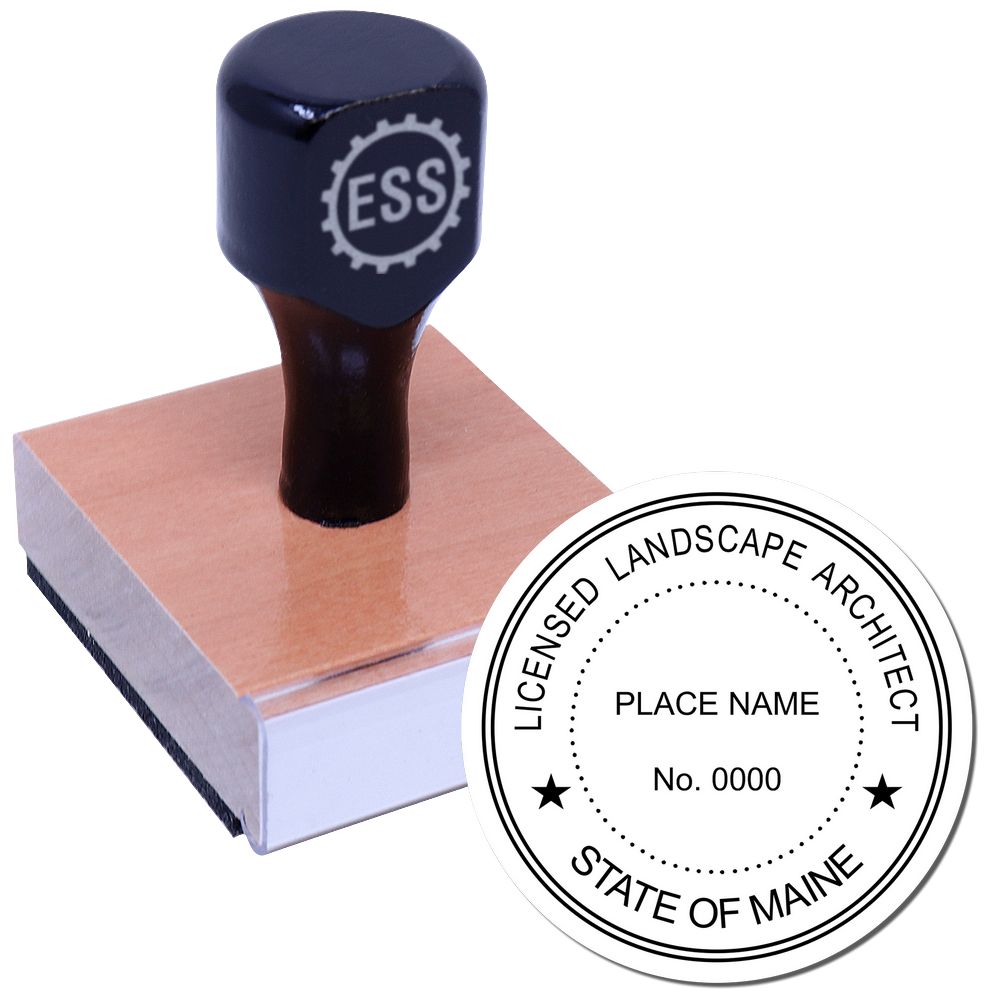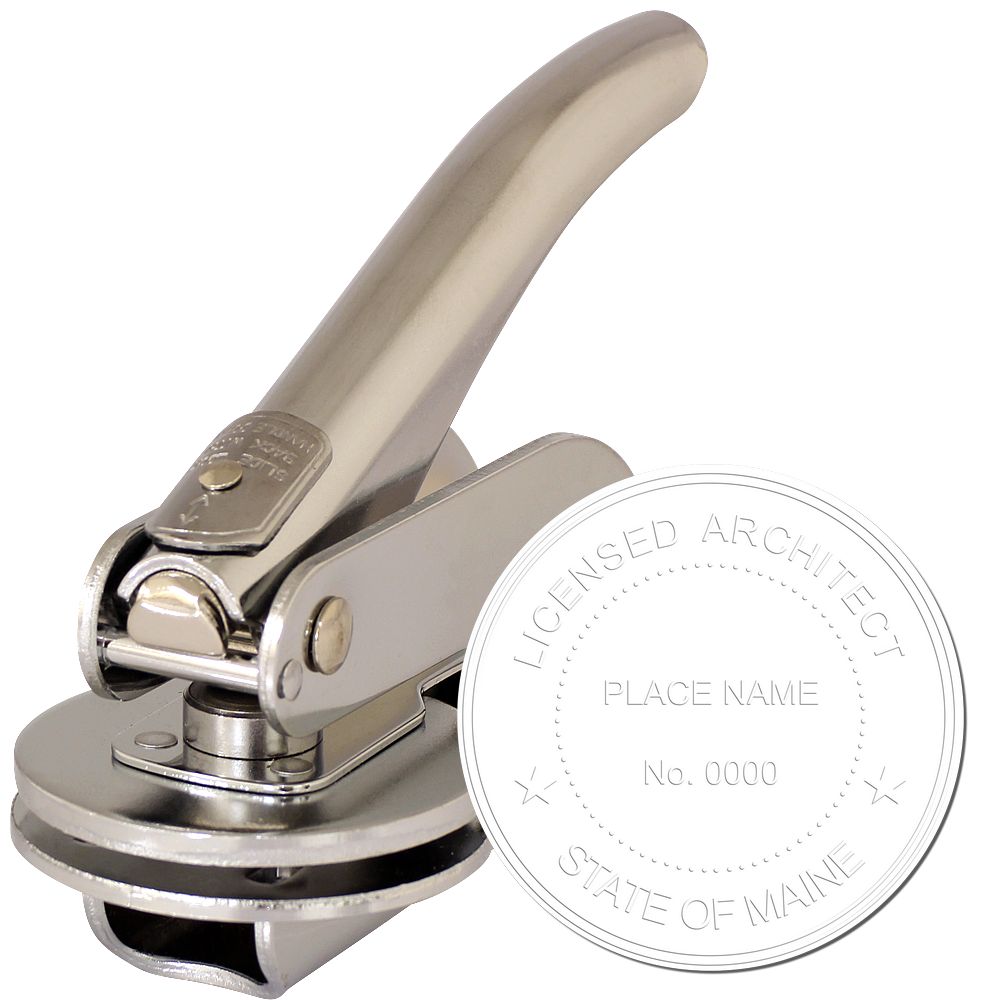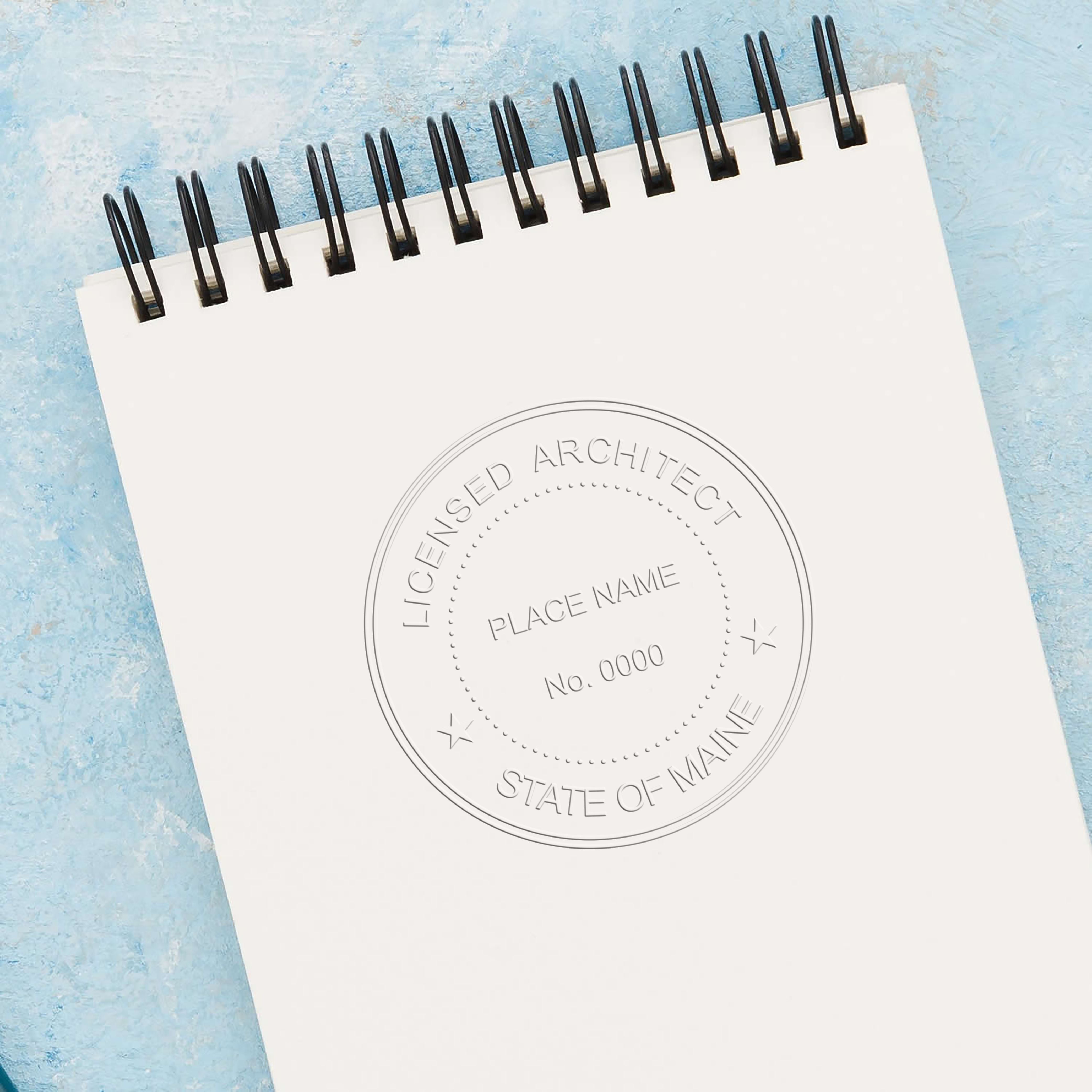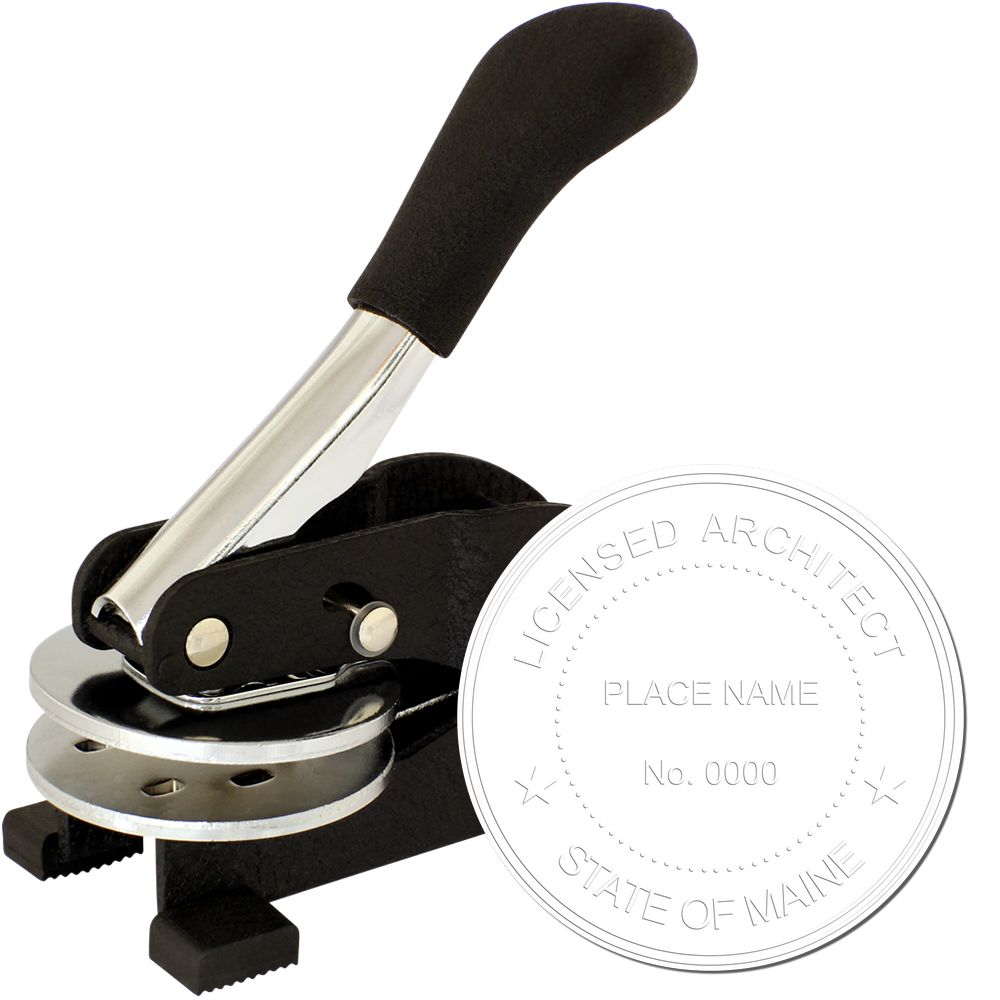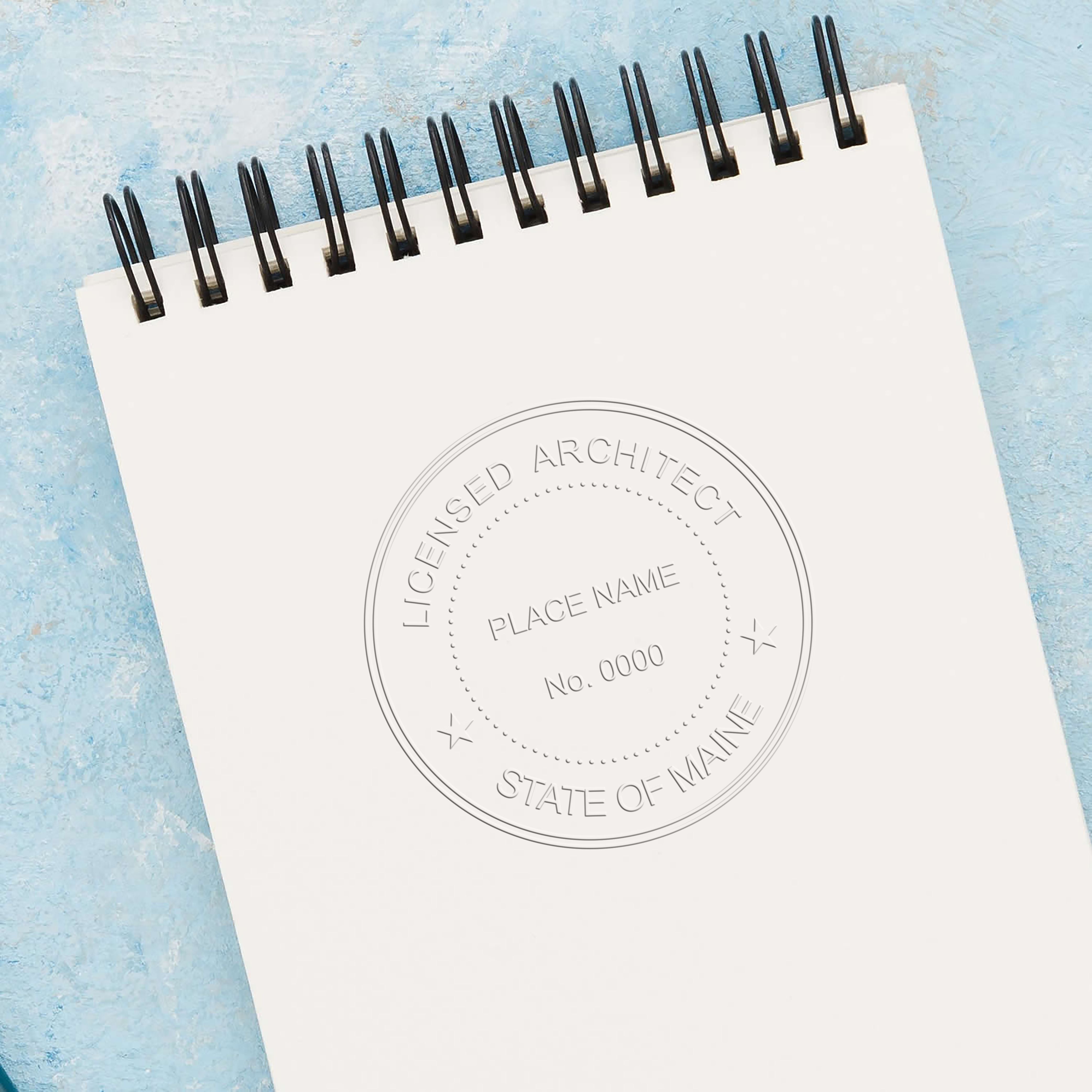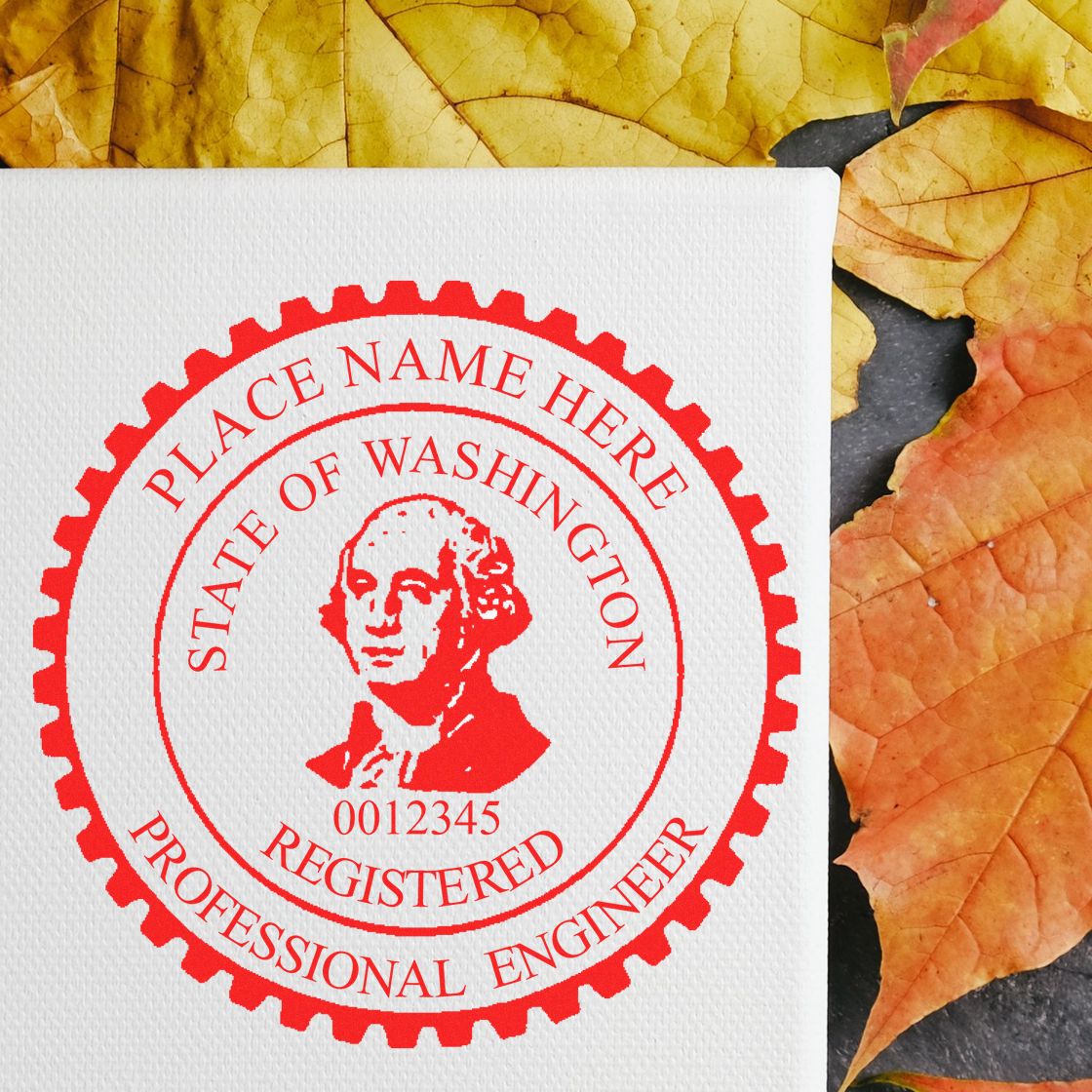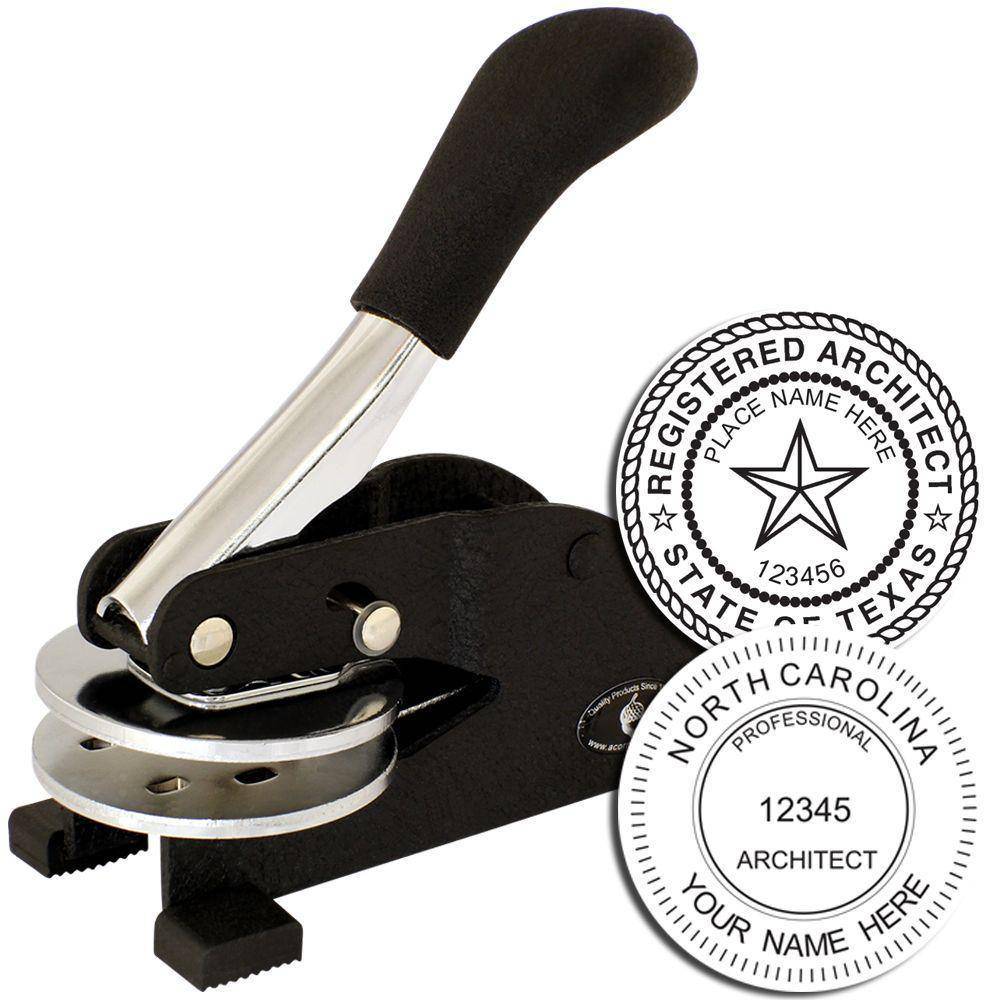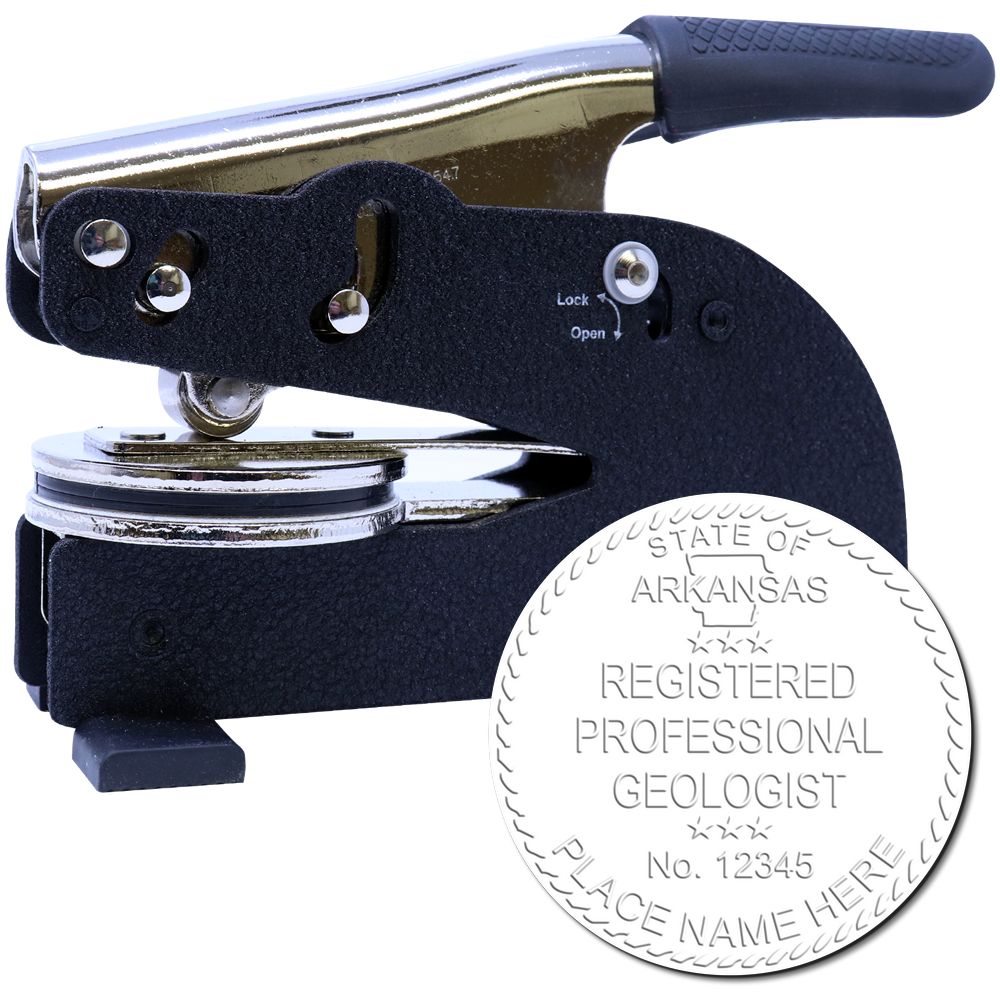Maine Architect Seals: An Overview
Architect seals play a vital role in the field of architecture by representing the professionalism and credibility of licensed architects. In the state of Maine, architect seals are subject to specific requirements and regulations. Understanding the importance, purpose, and legal requirements of architect seals is essential for architects practicing in Maine.

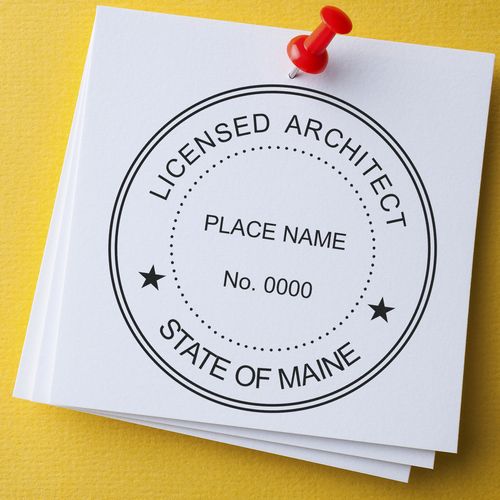
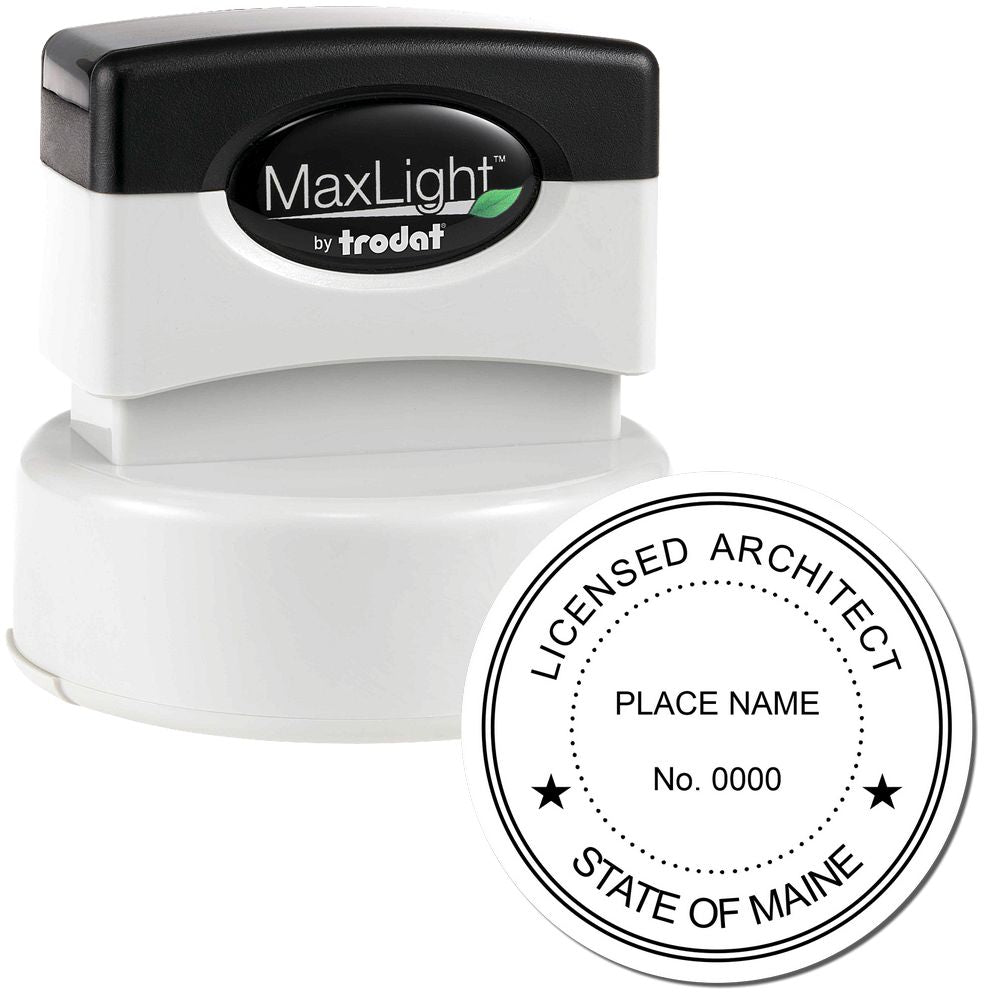
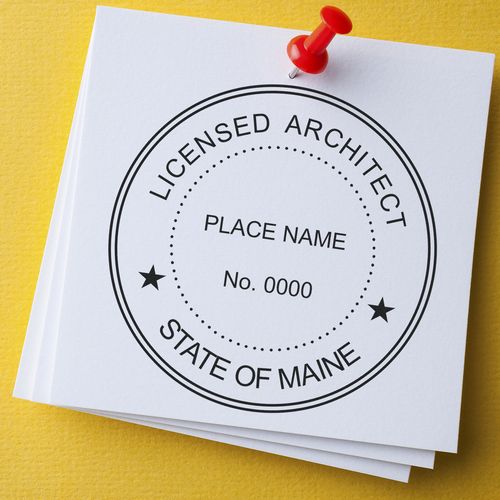
Importance of Architect Seals
Architect seals serve as a symbol of authenticity and expertise. By affixing their seal to architectural drawings, documents, and plans, architects indicate their involvement and responsibility for the design and construction process. This helps to establish trust with clients, contractors, and regulatory authorities, showcasing the architect's commitment to adhering to industry standards and regulations.
Purpose of Maine Architect Seals
The primary purpose of architect seals in Maine is to verify that architectural plans and documents have been prepared by a licensed architect who is authorized to practice in the state. The seal serves as a visual representation of the architect's professional identity and signifies their compliance with state regulations and standards.
Legal Requirements
Maine architect seals are subject to specific legal requirements outlined by the state's licensing board. These requirements ensure that architects meet the necessary qualifications and adhere to the professional standards set by the state. Architects must familiarize themselves with the Maine architect seal regulations, which include guidelines for seal design, size, required information, and placement. For detailed information on the specific requirements, architects can refer to our article on Maine architect seal guidelines.
To obtain a Maine architect seal, architects must go through an application process and meet eligibility requirements. These requirements typically include educational and professional qualifications, such as a degree in architecture from an accredited institution and a valid license to practice architecture in the state of Maine. The specific eligibility criteria may vary, so it's important for architects to consult the state licensing board for detailed information. Architects can find more information about the application process and eligibility requirements in our article on maine architect stamp.
By understanding the importance, purpose, and legal requirements of Maine architect seals, architects can ensure compliance with state regulations and maintain professionalism in their practice. Staying updated on changes to the regulations and following the professional code of ethics is essential for architects to uphold the integrity of the profession and provide clients with the highest level of service.
Understanding Maine Architect Seal Design
To ensure compliance with Maine state regulations, it is essential for architects to have a thorough understanding of the design requirements for their Maine architect seal. This section will delve into the specifics of seal size and shape, the required information to be included on the seal, and the placement guidelines.
Seal Size and Shape
The Maine architect seal must adhere to specific size and shape guidelines outlined by the state. The seal should have a circular shape with a diameter of no less than 1 3/4 inches and no more than 2 inches. This ensures that the seal is clearly visible and legible on the documents it is affixed to. It is crucial to select a seal size that meets the state's requirements.
Required Information
The Maine architect seal should contain certain mandatory information as specified by the state regulations. This information typically includes:
- The architect's full name.
- The architect's license number.
- The words "Registered Architect" or "Architect".
- The words "State of Maine" or "Maine".
It is important to carefully review the requirements and ensure that all the necessary information is included on the seal. This guarantees that the seal is legally compliant and can be easily identified as belonging to a registered architect in the state of Maine.
Placement Guidelines
The proper placement of the Maine architect seal on documents is crucial to meet the state's requirements. The seal should be affixed in a way that ensures its visibility and legibility. It is generally recommended to place the seal in the lower right-hand corner of the document, adjacent to the architect's signature or the title block. This placement ensures that the seal is readily identifiable and associated with the architect's work.
When applying the seal, it is essential to ensure that it is clearly legible, without any smudging or distortion. This can be achieved by using a high-quality Maine architect stamp or Maine architect embosser. Investing in a reliable and professional seal ensures that the seal's impression is crisp and clear, meeting the state's requirements.
For more detailed information on Maine architect seal guidelines, it is advisable to refer to the official regulations provided by the state. You can also visit our article on Maine architect seal guidelines to gain further insights.
Understanding the specifications for Maine architect seal design is crucial for architects practicing in the state. Adhering to the guidelines regarding seal size, required information, and proper placement ensures compliance with state regulations and maintains a professional standard of practice.
Obtaining a Maine Architect Seal
To legally practice as an architect in Maine and demonstrate your professional credibility, obtaining a Maine architect seal is a crucial step. The process involves an application, meeting eligibility requirements, and understanding the renewal and replacement procedures.
Application Process
To obtain a Maine architect seal, architects must submit an application to the relevant licensing board or authority. The application typically requires providing personal information, educational qualifications, professional experience, and other supporting documentation. It is essential to complete the application accurately and thoroughly to ensure a smooth review process.
Architects should consult the appropriate licensing board or authority for specific instructions and any additional documents required. Familiarize yourself with the process and gather all the necessary information before beginning the application. This will help expedite the approval process and ensure compliance with the state's regulations.
Eligibility Requirements
Before applying for a Maine architect seal, architects must meet certain eligibility requirements set by the licensing board or authority. These requirements generally include:
- Educational Qualifications: Architects must have completed an accredited architecture degree program from a recognized institution.
- Professional Qualifications: Architects must have successfully passed the Architect Registration Examination (ARE) administered by the National Council of Architectural Registration Boards (NCARB).
- Experience: Architects must have completed a specified number of years of professional experience under the supervision of a licensed architect.
- Licensure: Architects must hold a valid license to practice architecture in the state of Maine.
It is essential to review the specific eligibility requirements outlined by the licensing board or authority to ensure compliance and avoid any unnecessary delays in the application process.

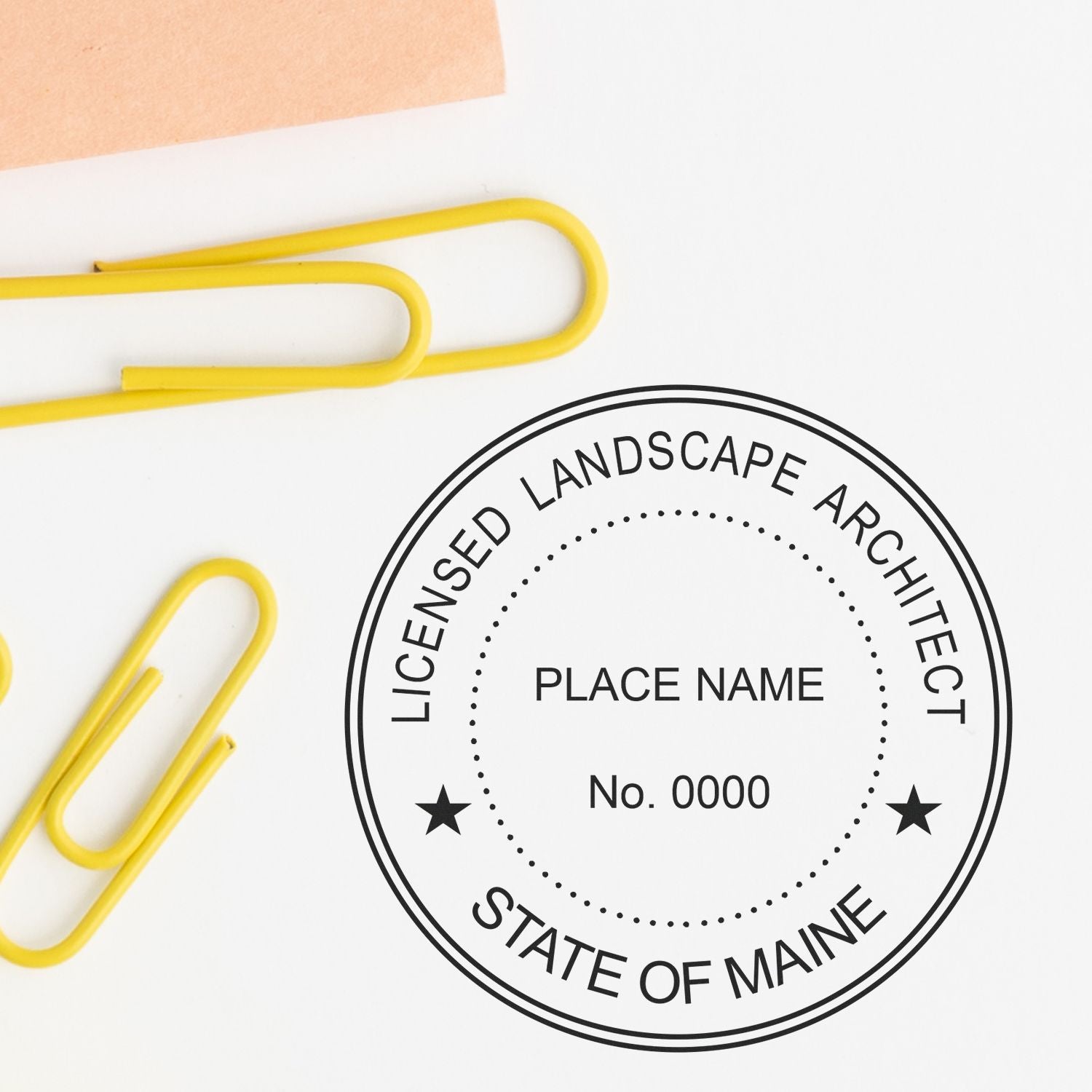
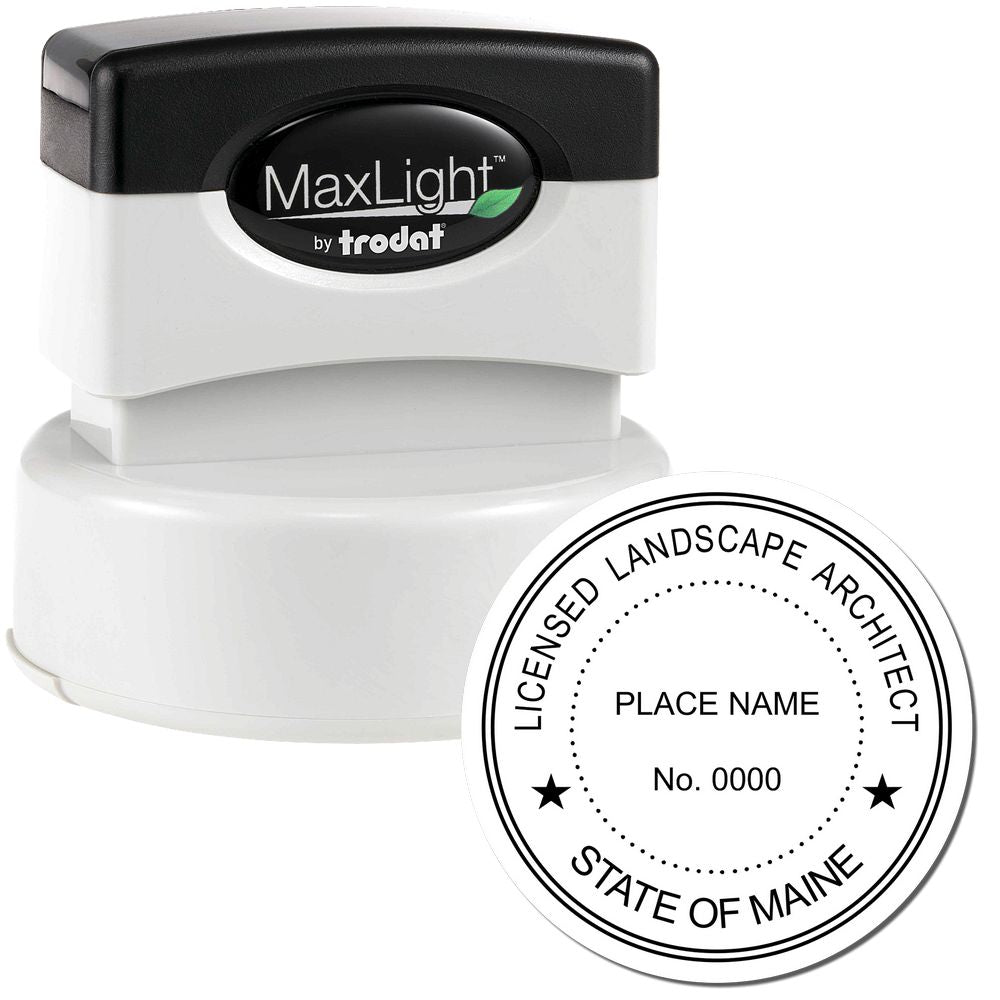
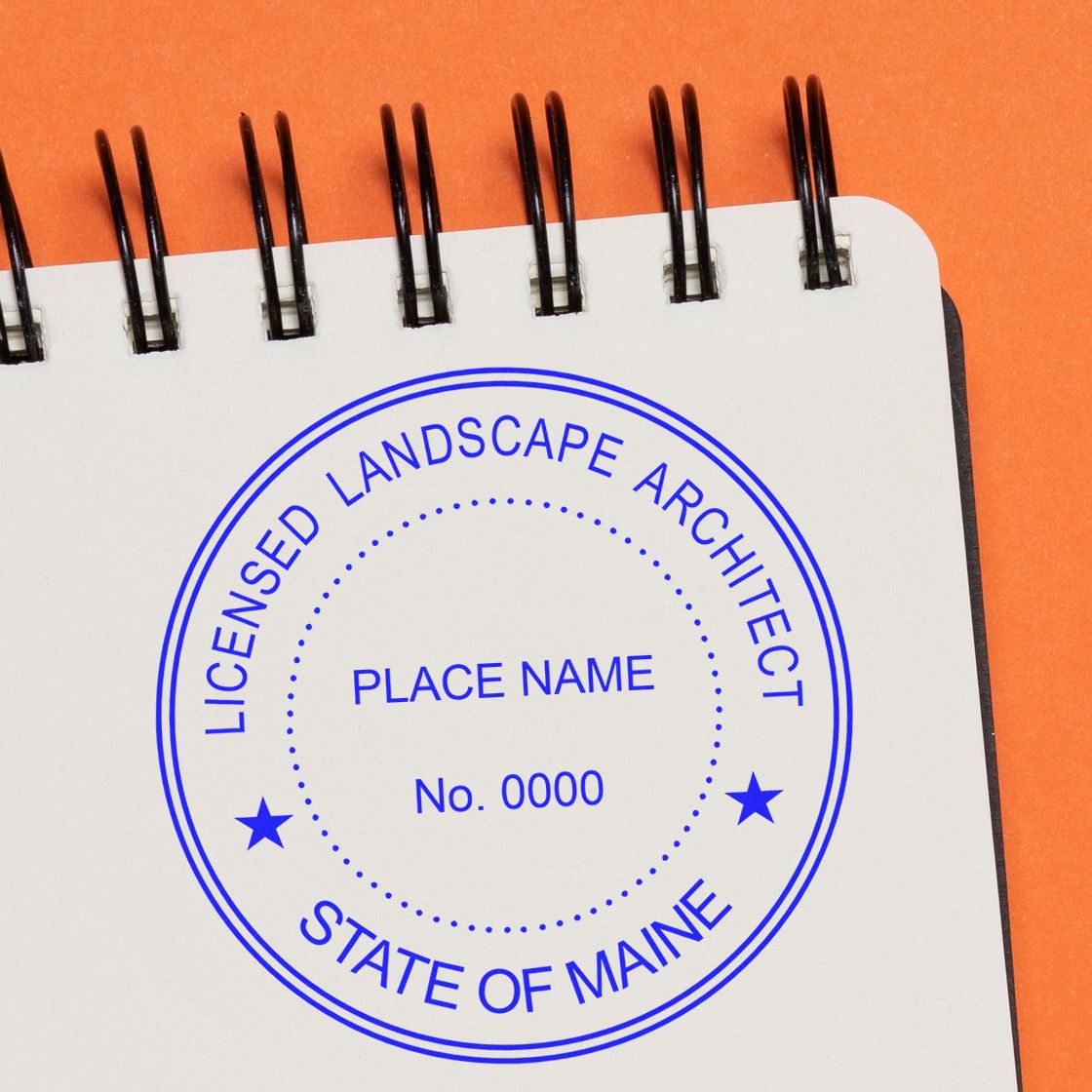
Renewal and Replacement
Once an architect has obtained a Maine architect seal, they must be aware of the renewal and replacement procedures. Architect seals typically have an expiration date, and architects must renew their seals periodically to remain in compliance with state regulations.
Architects should keep track of their seal's expiration date and submit the necessary renewal documentation and fees before the deadline. Failure to renew the seal on time may result in the inability to practice architecture legally.
In the event of a lost or damaged seal, architects can request a replacement from the licensing board or authority. The replacement process typically involves submitting a written request and paying a replacement fee.
By understanding the application process, meeting the eligibility requirements, and staying informed about the renewal and replacement procedures, architects can ensure they possess a valid Maine architect seal at all times. Remember to consult the relevant licensing board or authority for detailed information and specific guidelines regarding the Maine architect seal. For more information on Maine architect seals, you can visit our article on maine architect stamp.
Maine Architect Seal Requirements
To practice as an architect in Maine, it is important to understand the architect seal requirements set forth by the state. These requirements ensure that architects meet specific educational, professional, and regulatory standards. Let's explore the key aspects of the Maine architect seal requirements, including educational and professional qualifications, experience and licensure, and compliance with state regulations.
Educational and Professional Qualifications
To obtain an architect seal in Maine, individuals must fulfill certain educational and professional qualifications. The State of Maine requires architects to have a professional degree in architecture from a program accredited by the National Architectural Accrediting Board (NAAB). Additionally, architects must successfully complete the Architect Registration Examination (ARE), which assesses their knowledge and competency in various areas of architectural practice.
Experience and Licensure
In addition to educational qualifications, architects in Maine must also acquire practical experience and obtain licensure. Aspiring architects must complete the Architectural Experience Program (AXP), which involves working under the supervision of a licensed architect to gain valuable hands-on experience in various aspects of architectural practice. Once the required experience has been acquired, individuals can apply for licensure through the Maine State Board of Architects.
Licensure requirements may include passing the Maine Jurisprudence Exam, which tests an architect's understanding of the state's laws and regulations related to the practice of architecture. It is important to note that licensure requirements may vary, and architects should refer to the Maine State Board of Architects for specific guidelines and regulations.
Compliance with State Regulations
Architects in Maine must comply with state regulations to ensure the proper use and integrity of architect seals. This includes understanding and adhering to the guidelines outlined by the Maine State Board of Architects regarding the design, size, and placement of the architect seal. For detailed guidelines on Maine architect seal requirements, architects can refer to our article on Maine architect seal guidelines.
By meeting the educational and professional qualifications, gaining relevant experience, and complying with state regulations, architects in Maine can obtain and utilize their architect seal with confidence. It is crucial to stay updated on any changes or updates to the regulations to ensure ongoing compliance and professionalism. Architects should also maintain a commitment to the professional code of ethics, which emphasizes integrity, competence, and the responsibility to serve the public interest.
Understanding and meeting the Maine architect seal requirements demonstrates a commitment to professionalism, competence, and ethical practice in the field of architecture. By doing so, architects can confidently carry out their duties, ensuring the safety, functionality, and aesthetic appeal of the structures they design.
Ensuring Compliance and Professionalism
Architects in Maine must not only meet the maine architect seal requirements but also uphold high standards of professionalism and compliance with state regulations. This section highlights the key aspects architects should consider to ensure compliance and professionalism in their practice.
Staying Updated on Regulations
To maintain compliance with the latest regulations and requirements, architects in Maine should stay informed about any updates or changes in the industry. This includes familiarity with the maine architect seal regulations and other relevant guidelines. By regularly reviewing the Maine Board of Architects' website and staying connected with professional organizations, architects can ensure they are up to date with any new developments. This continuous education and awareness help architects maintain their credibility and professionalism.
Professional Code of Ethics
Adhering to a strong code of ethics is essential for architects in Maine. Professional organizations, such as the American Institute of Architects (AIA), provide a code of ethics that architects can follow. This code outlines the responsibilities and ethical conduct expected of architects, including their obligations to clients, the public, and the profession as a whole. By upholding these ethical guidelines, architects can build trust and maintain their reputation as professionals.
Importance of Proper Use of Architect Seals
The proper use of architect seals is crucial to maintaining professionalism and compliance with Maine regulations. Architects must ensure that their maine architect stamp or maine architect seal is used only on documents that they have produced or reviewed as part of their professional responsibilities. It is essential to use the seal in accordance with the maine architect seal guidelines, including the correct size and placement. Improper use or misuse of the architect seal can result in legal consequences and damage to an architect's professional reputation.
By staying updated on regulations, following a professional code of ethics, and using architect seals correctly, architects in Maine can demonstrate their commitment to compliance and professionalism.
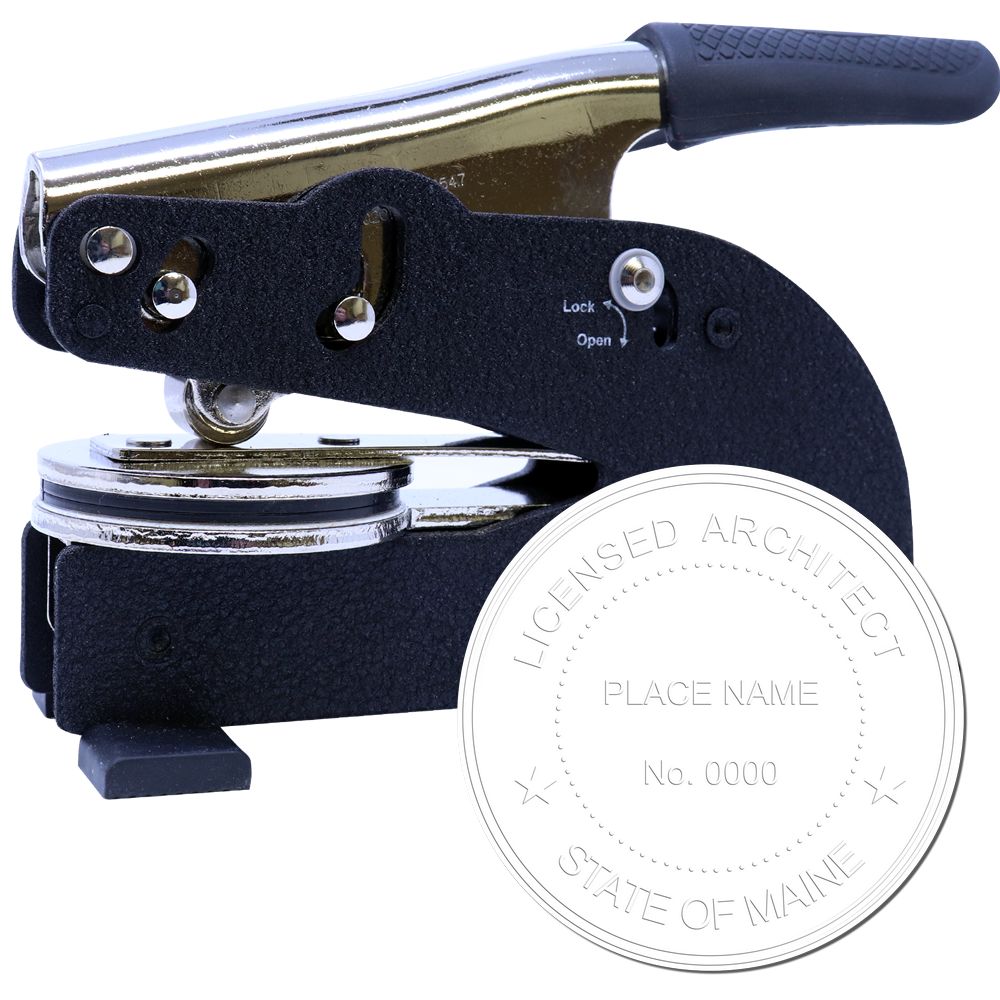
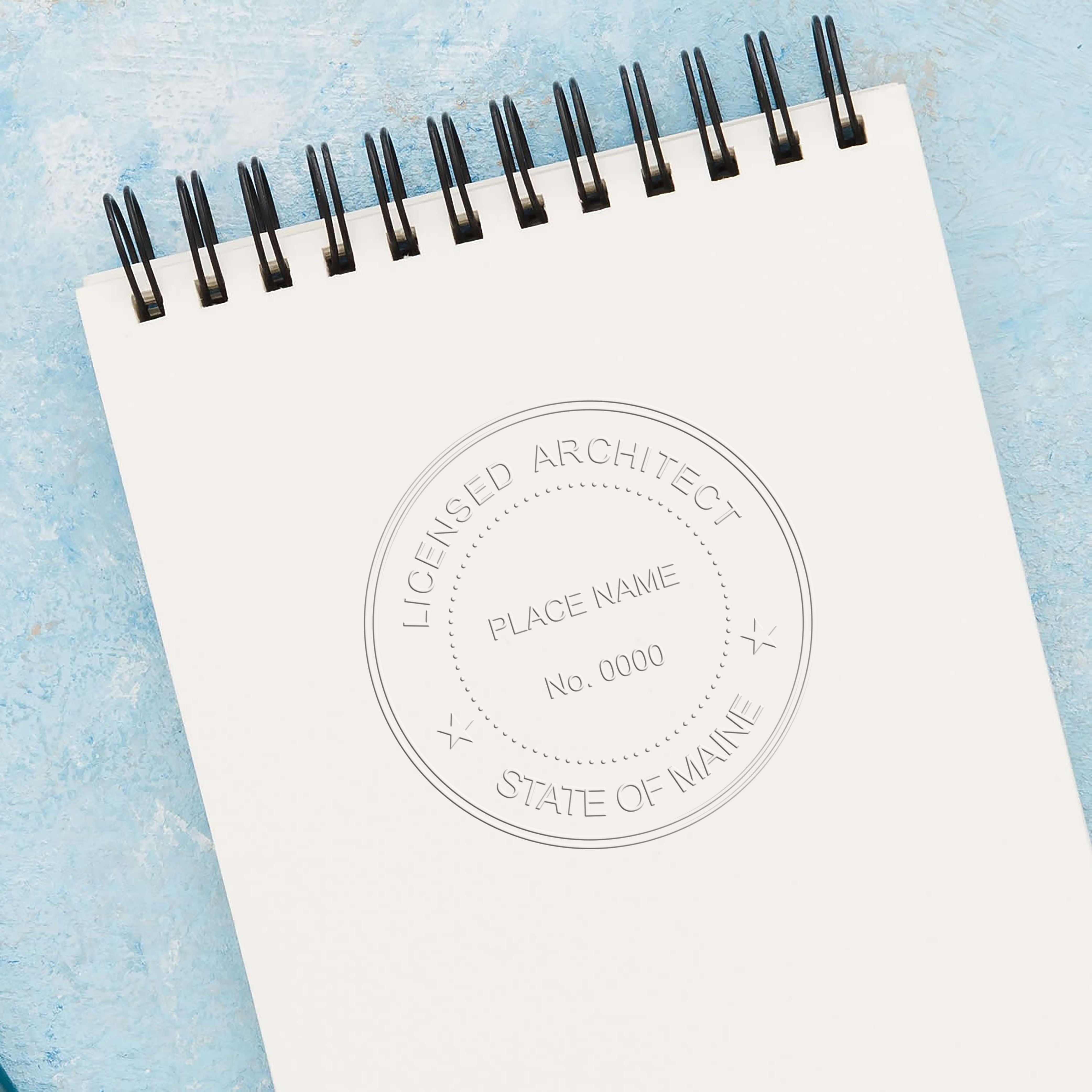
About ESS
Engineer Seal Stamps, also known as ESS, is a leading provider of high-quality custom rubber stamps, professional seals, and notary stamps. With a commitment to excellence in both product and service, we take great pride in offering a state board guarantee on all of our products. Our top-of-the-line engineer seal stamps and professional seals are perfect for architects, engineers, and anyone else in need of reliable and accurate stamping solutions.
At ESS, we understand that time is valuable. That's why we offer a quick turnaround on all of our products, ensuring that you receive your order in a timely and efficient manner. We believe that customer satisfaction is the foundation of any successful business, which is why we strive to provide stellar customer service to all of our clients. From the moment you place your order, our knowledgeable and friendly staff will work closely with you to ensure that your needs are met in every way possible.
In addition to our commitment to quality products and exceptional customer service, ESS also strives to be an environmentally conscious company. We make every effort to reduce our environmental impact by using sustainable and eco-friendly materials in our stamp production process. At ESS, we are dedicated to providing our customers with the highest quality stamping solutions. With our commitment to excellence, state board guarantee, quick turnaround, and environmentally conscious practices, you can trust that you are receiving the best products and service available.

